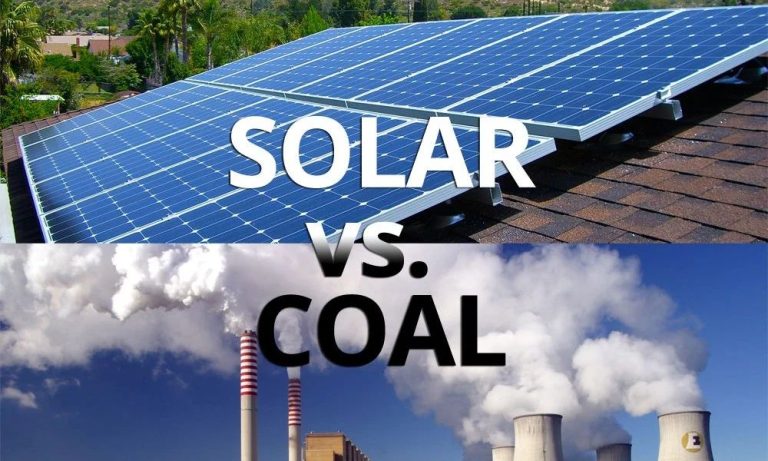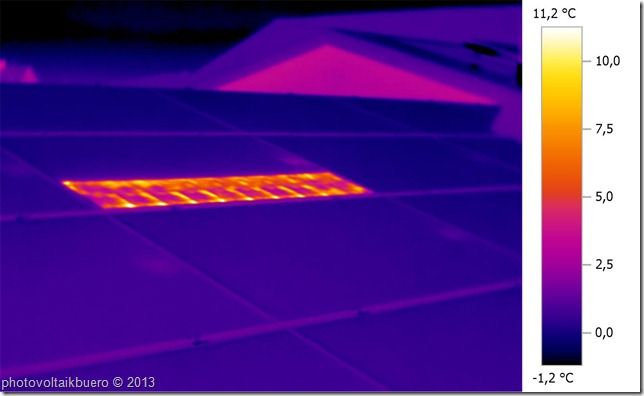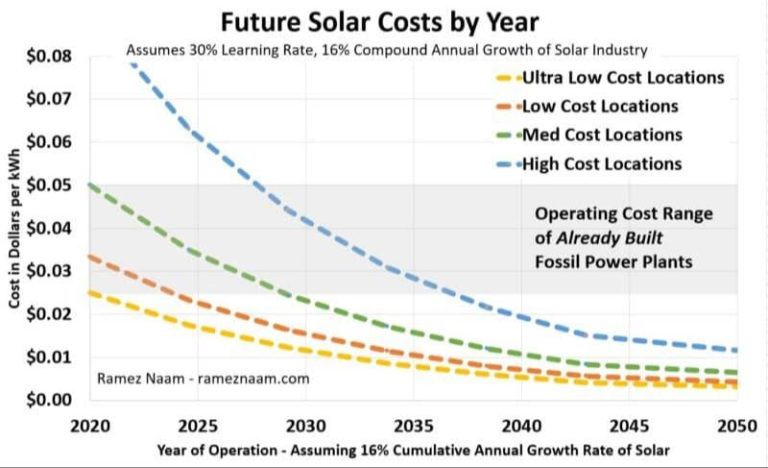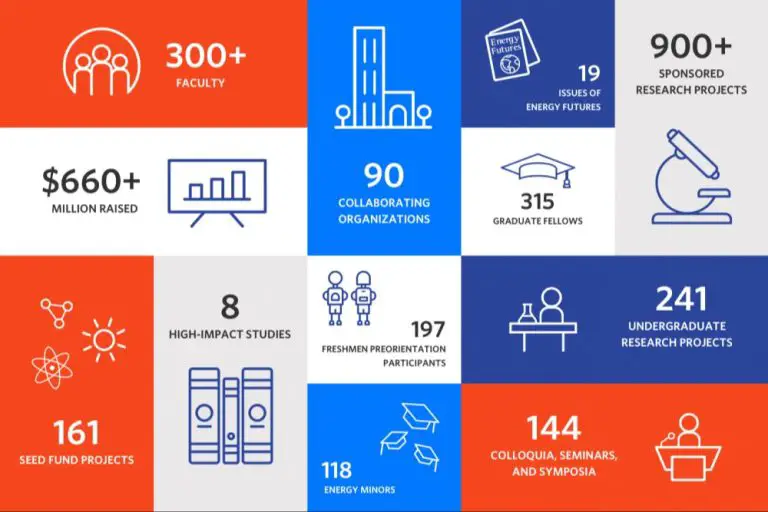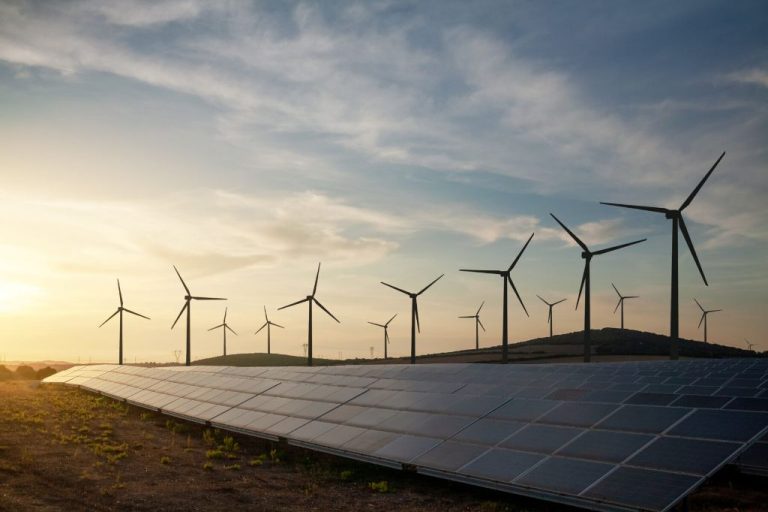What Is Classified As A Renewable Resource?
Definition of Renewable Resources
Renewable resources are those that can be replenished naturally in a human timescale. Unlike fossil fuels, which take millions of years to form and are finite, renewable resources regenerate and can be utilized indefinitely if managed properly. Renewable resources include:
- Sunlight
- Wind
- Rain
- Tides
- Waves
- Geothermal heat
The key aspect that makes these resources renewable is that they are naturally replenished within timescales meaningful to humans. The renewable regeneration comes from ongoing natural processes such as sunshine, plant growth, wind, water movement, and volcanic heat. With careful use, these resources will be available far into the future, providing sustainable energy and materials.
Examples of Renewable Resources
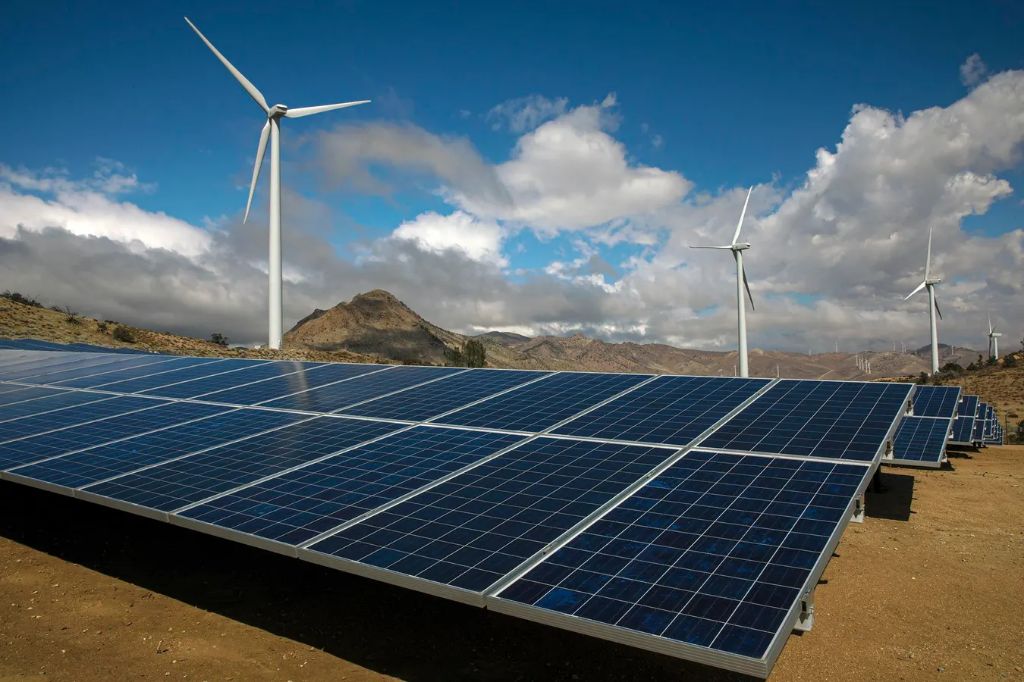
There are several major types of renewable resources that are used to generate energy around the world:
- Solar Energy – Energy from the sun is captured and converted into electricity or heat using solar panels or solar thermal collectors.
- Wind Energy – Wind turbines convert the kinetic energy of wind into mechanical power that spins a generator to produce electricity.
- Hydropower – Flowing water from rivers, tidal waves, etc. spins turbines connected to generators to produce hydroelectric power.
- Biomass Energy – Organic matter like plants, agricultural waste, and garbage are used as fuel sources for generating energy.
- Geothermal Energy – Heat energy from underneath the earth’s surface is extracted to heat buildings or generate electricity.
These renewable resources are considered clean and sustainable since they are constantly replenished naturally.
Advantages of Renewable Resources
Renewable resources offer many advantages over traditional non-renewable energy sources like coal, oil and natural gas. Here are some of the top reasons why renewable energy is beneficial:
Environmentally Friendly
Renewable resources like solar, wind and hydropower produce little to no greenhouse gas emissions or other pollutants. This makes them much cleaner for the environment than burning fossil fuels. Widespread adoption of renewables can help combat climate change and reduce air pollution.
Sustainable
Renewables like sunlight, wind and geothermal energy won’t run out. We can depend on them indefinitely, unlike finite resources like oil and gas. This makes renewable energy a sustainable long-term solution for meeting our energy needs.
Reduces Reliance on Fossil Fuels
Using more renewable energy decreases our dependence on coal, oil and natural gas. This provides energy security, protects from fuel price volatility, and reduces the political and environmental risks associated with fossil fuel extraction/transport.
Challenges of Renewable Resources
While renewable energy sources offer many benefits, they also come with unique challenges that need to be addressed for their widespread adoption. Some key challenges faced by renewable energy include:
Upfront Costs
Constructing renewable energy systems like solar farms, wind turbines, and hydropower dams requires significant upfront investment. The initial capital costs for renewable projects are therefore higher compared to fossil fuels. However, over the project lifetime, renewable energy is cost-competitive due to free fuel sources.
Intermittency
Renewable energy output depends on weather conditions – solar needs sunlight, wind energy needs wind. This intermittency can make renewable power generation unpredictable. Additional investments may be needed for storage or backup power during low renewable generation periods.
Storage
As renewable sources are intermittent, energy storage systems are essential to provide a continuous power supply. Developing large-scale, cost-effective energy storage is still a challenge. Batteries, pumped hydro storage, compressed air can help overcome the intermittency.
Transmission
Renewable energy sites are often located far from cities requiring long-distance transmission. Significant investments are needed in transmission infrastructure for transporting renewable power. Long distance transmission also leads to some power losses.
Global Status of Renewable Energy
Renewable energy has seen tremendous growth worldwide over the past decade. According to the International Energy Agency (IEA), renewables accounted for over 26% of global electricity generation in 2018, with hydropower making up the largest share at 16%. Total renewable power capacity saw a 165 gigawatt (GW) increase in 2018, led by new additions of solar and wind energy.
The top countries leading the renewable energy transition are China, the United States, Germany, India and Japan. China alone accounted for close to half of global renewable capacity growth in 2018 and became the world’s largest producer, exporter and installer of solar panels, wind turbines and batteries. The United States and Germany also saw strong growth in renewables due to supportive policies, lower technology costs and rising investor interest. Developing countries like India are quickly ramping up investments in renewables to meet rising power demand and reduce air pollution in cities.
According to projections by the IEA, renewables will overtake coal in the global power mix by 2025. The share of renewables is forecast to rise to over 30% by 2024. This continued growth is driven by the competitiveness of solar and wind power costs, as well as enhanced policy support. With the right policies, regulation, infrastructure and technologies in place, renewables have the potential to fully transform and decarbonize the global energy sector.
Solar Energy
Solar energy refers to technologies that harness the sun’s energy and make it usable. The two main types of solar energy technologies are photovoltaics (PV) and concentrated solar power (CSP).
Photovoltaic systems use solar panels made up of solar cells to convert sunlight directly into electricity. Solar cells are made of semiconducting materials like silicon that absorb photons from sunlight and release electrons, causing an electric current to flow. The electricity generated can be used immediately, stored in batteries, or fed into the electricity grid.
Concentrated solar power systems use mirrors or lenses to concentrate a large area of sunlight onto a small area. The concentrated light is converted to heat, which drives a heat engine connected to an electrical power generator. CSP is capable of energy storage, allowing electricity to be produced when the sun is not shining.
Solar energy has many applications including power generation, heating, lighting, charging, desalination, and more. Solar PV is used in rooftop solar panels, solar farms, calculators, road signs, satellites, and spacecraft. CSP is better suited for utility-scale power plants.
Wind Energy
Wind power harnesses the wind to produce electricity through wind turbines. Wind turbines convert the kinetic energy in wind to mechanical power that runs a generator. Wind farms can be built onshore or offshore.
Onshore wind farms are located on land, usually in rural or agricultural areas. Offshore wind farms are located in bodies of water, typically oceans or lakes. Offshore wind farms have higher wind speeds compared to onshore, allowing them to produce more electricity. However, offshore wind is also more expensive to build.
The average capacity factor of wind power globally is around 25-30%. Capacity factor refers to the actual power output over a period of time compared to the maximum possible output. Ideal wind farm locations can reach capacity factors of 40-50%.
China has the highest installed wind power capacity in the world, followed by the United States, Germany, India, and Spain. Offshore wind is expanding rapidly in Europe, especially in the North Sea. The UK, Germany, Denmark, Netherlands, and Belgium are the top countries for offshore wind power.
Hydropower
Hydropower is electricity generated using the energy of moving water. There are two main types of hydropower projects based on the flow of water – dam projects that use reservoirs and run-of-river projects that use the natural flow of rivers.
In dam projects, dams are constructed to create reservoirs and control water flow. The water in the reservoir has potential energy due to its elevation, which is converted to kinetic energy as it falls through turbines integrated into the dam structure. The mechanical power from the turbines rotates generators to produce electricity. Dam projects allow control of water for energy production, flood control, irrigation, and recreation.
Run-of-river projects do not require large reservoirs for water storage. Instead, they divert a portion of a river’s flow through intake and direct it through turbines integrated into the project facilities or placed directly in the river. Run-of-river projects have less environmental impact compared to large dam reservoirs but offer less control over electricity generation.
Small hydropower plants with under 10 MW capacity are classified as micro hydropower projects. They provide decentralized renewable power options and are built on small dams, weirs, canals, or using natural run-of-river. Micro hydropower can provide electricity access to remote areas.
Hydropower is a renewable and clean energy source but dam projects can impact the local environment and ecosystems. Dam reservoirs submerge vegetation and habitats. Fish migration routes may be blocked, affecting reproduction. Sediment flow downstream can decrease, causing riverbank erosion. However, technology improvements and environmental regulation have reduced the impacts of modern hydropower projects.
Geothermal Energy
Geothermal energy utilizes the heat energy generated and stored within the Earth. This renewable energy resource has the ability to provide constant and reliable baseload power for electricity generation as well as direct heating applications. There are three main types of geothermal energy systems being utilized today: conventional hydrothermal systems, enhanced geothermal systems (EGS), and direct use and district heating systems.
Conventional hydrothermal systems are the most common technology for geothermal electricity generation. These systems tap into naturally occurring hydrothermal reservoirs of hot water or steam that lies beneath the Earth’s surface. Wells are drilled into the geothermal reservoirs to bring the hot fluid to the surface. The steam rotates turbines connected to power generators, thereby converting the geothermal energy into electricity.
Enhanced geothermal systems (EGS) are engineered reservoirs created by hydraulically fracturing hot dry rock. The fracturing process creates permeability that allows fluid to be circulated through the rock and extract heat. EGS have the potential to produce geothermal energy almost anywhere if drilling deep enough. EGS technology is still in the demonstration and pilot project phases but holds great promise.
Direct use and district heating utilizes lower temperature geothermal resources below 400°F for applications like heating buildings, greenhouses, fish farms and industrial processes. District heating systems provide heat for communities from a central geothermal heating plant through a network of pipes. Direct geothermal heating systems are ideal for locations near geothermal reservoirs.
Biomass Energy
Biomass energy refers to energy derived from organic material from living organisms such as plants and animal waste. Traditional biomass energy sources include firewood, charcoal, crop residue and animal dung. Even today, biomass accounts for a sizable share of energy production in many developing nations. More advanced forms of biomass energy utilize agricultural wastes, wood pellets, and crops grown specifically for energy production to generate electricity and transportation fuels.
Biofuels such as ethanol and biodiesel are among the most widely used types of biomass energy. Ethanol is typically made from corn or sugarcane, while biodiesel production utilizes vegetable oils, animal fats or recycled greases. Such biofuels can replace gasoline and diesel in vehicles. However, in some cases, their large-scale production competes with food production and may raise prices for staple crops.
Biopower from agricultural wastes, forest residues, or dedicated energy crops involves burning biomass directly to generate electricity. Alternatively, biomass can be converted to a gas through biological or thermochemical processes which can then fuel power plants. Biopower is considered carbon-neutral as the carbon dioxide released during energy generation is reabsorbed by plants through photosynthesis. However, some argue that the carbon neutral status depends on sustainable biomass production methods.

